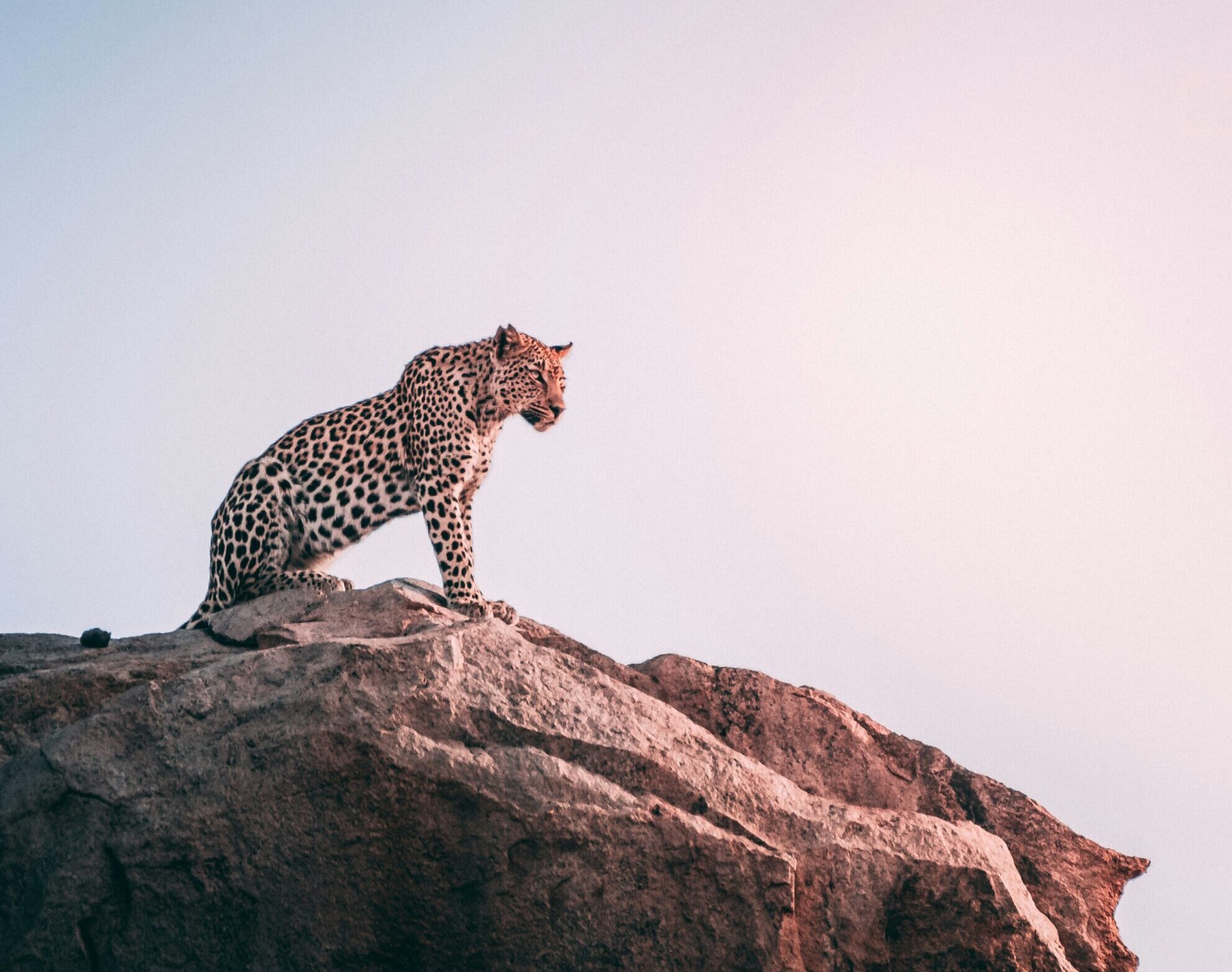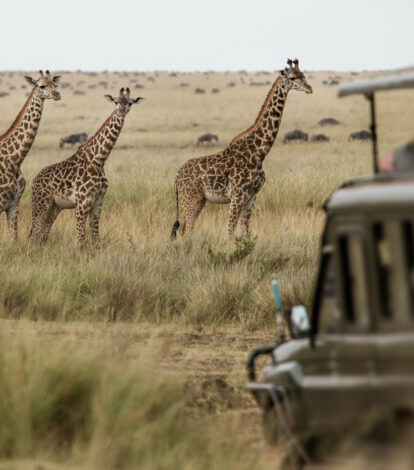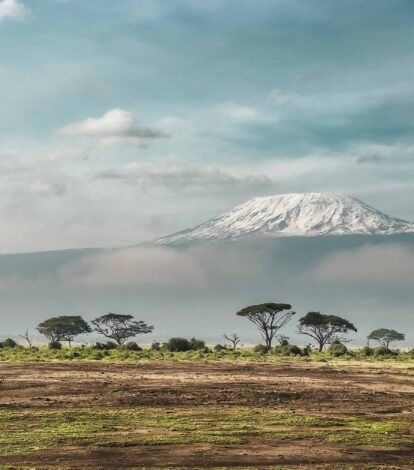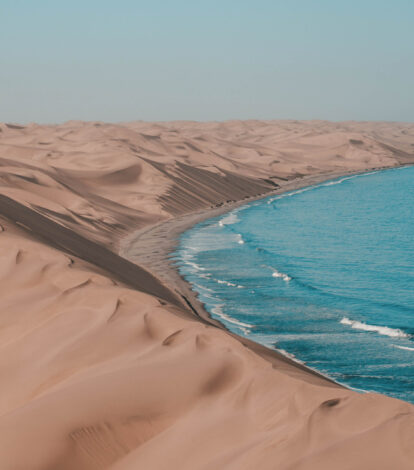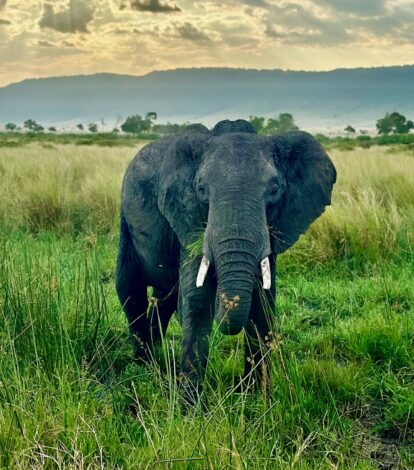Understanding where and when to safari for the best wildlife experiences. Exploring the possibilities, limitations and wonders of an authentic African safari.
Marketing director Stephen Bailey spent three years living in Africa, developing the safari product for a Californian luxury travel agency. He’s been on over 30 safaris.
Stephen answers questions about making a wild safari experience a realistic holiday.
How is an African safari different from what people expect?
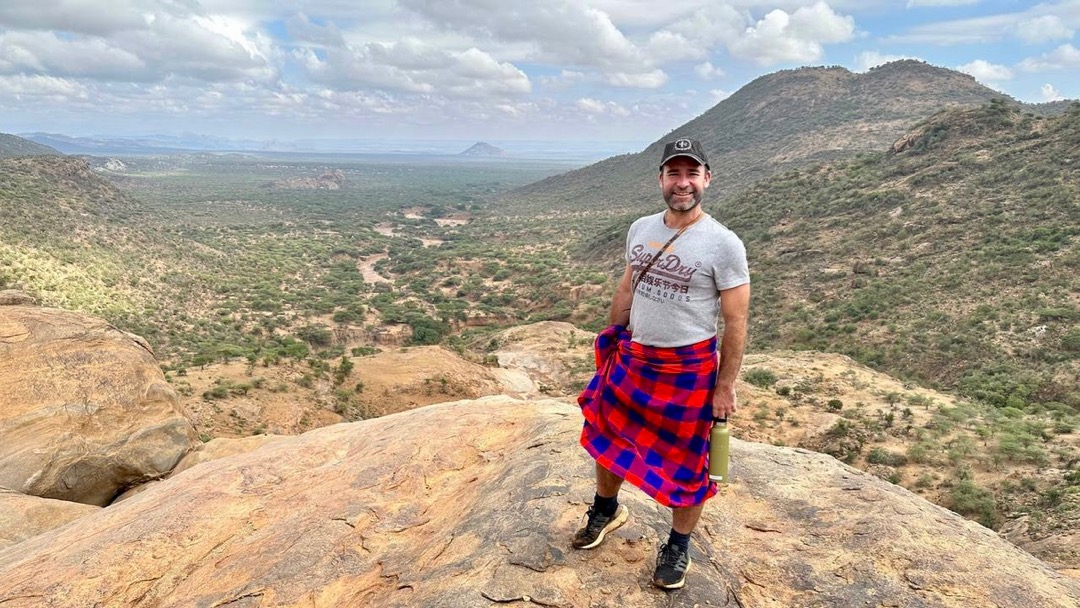
The sheer volume of animals surprises people. It’s possible to imagine coming face to face with one elephant, maybe even ten elephants. But seeing 100 elephants in a few minutes? When they’re larger than the safari vehicle!
Africa feels much bigger than people expect too. The sense of space and silence is really quite something, I find it therapeutic and very relaxing.
It’s really hard to accurately picture how raw and authentic it feels, when you get so close to these wild animals. You’re not ticking the sights off a list, you’re really experiencing their natural habitat and way of life. People are surprised by how immersive it all is.
The level of comfort is often different to what people expect too. People brace themselves for the worst but the best lodges are on par with the best properties anywhere in the world.
Can a safari really be luxurious?

Luxury on safari is the wildlife experience. That’s what is rare and exclusive. Luxury is getting closer, seeing more, feeling the rhythm of the wilderness.
You can stay in opulent accommodation all around the world, but there aren’t many places where majestic antelopes are grazing on your lawn. Or hippos and lions are safely viewed and heard from your swimming pool.
Travelling around Africa is not as comfortable as having Mercedes S Class transfers around Europe. It’s always an expedition and adventure style.
You’re doing game drives in an open-sided 4WD, in warm and dusty environments Airstrips need to be cleared of animals before you land. You’re walking in the wild, not on a pavement.
The best lodges and camps have differing levels of comfort and these are mostly dictated by location rather than price.
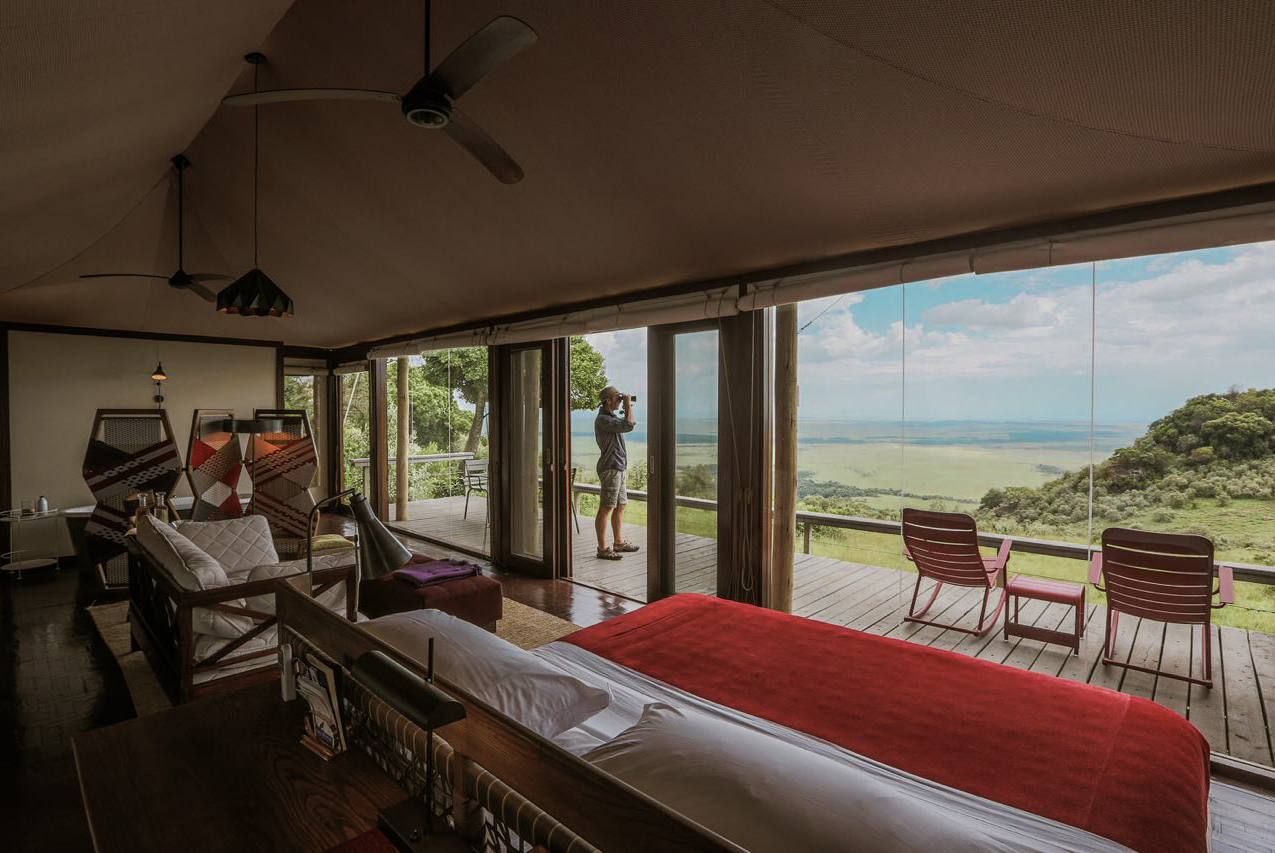
For example, stay at Angama Mara lodge and you have every comfort and quality of a top city hotel, just with canvas walls. Stay at the mobile Angama Safari Camp and it’s a lot more rudimentary, but you have the ultimate location among the animals.
Both are best in class accommodations, with a different level of comfort. Our travel designers can adapt an itinerary to people’s needs in this regard.

When is the recommended time to go on safari?
In East Africa the dry seasons are usually January to March and June to October. In Southern Africa the dry season is from April or May to October.
Game viewing is best in the dry season.
Animals congregate around the few remaining sources of water, leaving vast areas barren.

Vegetation has been grazed and the open landscape gives few places to hide – you spot the animals from much further away.
The rainy, or green, seasons are beautiful but even an elephant can be hidden by high grass. Animals spread far and wide to enjoy fresh food. Ultimately, you see less.
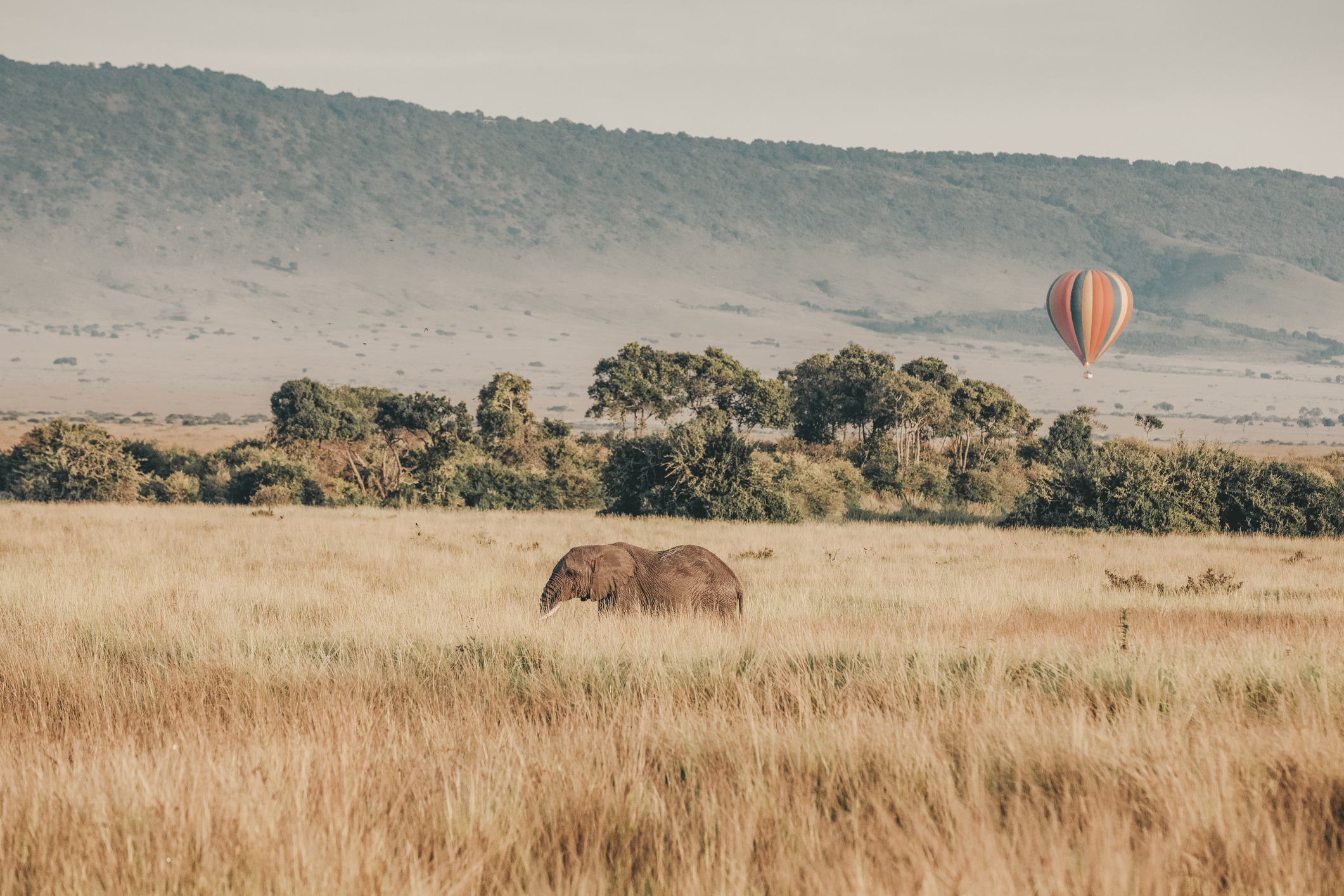
Getting around becomes more challenging too. It’s also hotter and more humid, with more mosquitoes and tsetse flies.
For me, the unbeatable experience is staying at a lodge or camp that’s next to water, at the end of the dry season. You just sit there and watch the animals pass by all day.
Where are the best places to go on safari?
All the different countries have their own highlights and differences in terms of landscapes, lodges, animals and experiences. Picking a country is a secondary consideration though.
It’s important to know the differences between a national park and a private reserve or concession.
Animals roam freely across Africa and congregate where conditions are best. These are premium locations with the most wildlife. Of course these are also where most people want to go, they’re like the Vatican Museums or Uffizi Gallery of Africa.

National parks are publicly managed and can be visited by anyone.
Private concessions and reserves share unfenced borders with national parks but are privately operated. It’s the exact same ecosystem and often the animal numbers are higher.
National parks impose restrictions to manage human impact, like no driving at night and not driving off the trails.

Private concessions restrict the number of people instead. Access is only for the few dozen people staying at a lodge or camp inside the concession. You can do more experiences, get closer to wildlife and the animal sightings are private.
A safari in a national park can be compared to visiting the Vatican Museums – beautiful and crowded.
Safari in a private concession is more like experiencing the Vatican after hours, in private, with access to rooms normally closed to the public.
Which destinations do you recommend the most?

There are so many and there isn’t a best. When planning my own safaris I have three considerations for a destination.
Firstly, how big is the wilderness area? Bigger is usually better as it supports more life. Like the Serengeti-Masai Mara ecosystem, the Okavango Delta in Botswana, or the Greater Kruger in South Africa.
All these incorporate national parks and private concessions in one unfenced ecosystem, where animals move freely.
Secondly, what makes the destination unique? Cheaper and smaller game reserves sell “the big five” experience and have a few of each big animal.
In northeastern Botswana it’s near impossible to see a rhino, but there are upwards of 50,000 elephants – this is a much more powerful experience.

Unique can also be critically endangered animals or novel activities, like a boat safari or using a photography hide by a waterhole.
Thirdly, I like to prioritise destinations that provide a rounded safari itinerary. Spending all day in the 4WD gets boring after a while. Activities like game walks, hot air balloons and nighttime drives give a completely new perspective on the same place.
Go deeper into planning with a travel designer and you start seeing how different destinations work very well together, because of their contrasts in terms of experiences, animals, lodges and habitat.
What are the most important considerations when choosing a safari lodge and camp?

Some clients like to go wild, happy in a large tented suite that has running water and is surrounded by animals. Others want a lodge with a spa and a suite with a private pool.
Safari lodges are permanent structures so they can offer a lot more facilities, although they can be further from the action.

Safari camps are not like camping, except that they are usually temporary structures and canvas walls are part of your immersion in nature. With such little physical footprint, they are more basic than lodges.
Everyone has their own needs for comfort and their own idea of how active they want to be. So the best camp or lodge is very individual, answered in a one-to-one with your travel designer.

Location is also important. You can have the most beautiful lodge in the entire world, but if there aren’t any animals nearby what’s the point in going on safari?
The best camps and lodges have premium locations where the safari never stops, because you’re always listening and watching animals.
Animals move with the seasons so no lodge is in a premium location every month of the year. Grumeti in Tanzania is fantastic in June, not so good in December.
Is Africa safe? Especially when there are lions outside your camp?
I’ve been pickpocketed in Paris and Barcelona but never had a buffalo steal my phone. Although monkeys used to steal my food when I left my kitchen window open in Kenya.
I have visited places in Africa that didn’t feel safe, but these were urban areas not on any normal visitor route, far away from any safari. The airports are surprisingly good and I’ve never had problems at them.
Safari is completely safe when you’re with skilled guides. Many African tribes have lived side by side with big mammals for centuries. You’re travelling in their back garden.
Camps and lodges have different measures to keep the animals at safe distance, like discreet electric fences or guards who escort you anywhere on property.
People are understandably scared when it’s their first time. Lions and elephants are frightening, that’s part of why they’re so inspiring.
Guides intimately understand an animal’s behaviour and react accordingly, taking you closer or leaving the scene. For example, they’ll walk you past a huge harem of buffalo, but won’t take a vehicle close to two bachelor buffalo males.
A safe African safari is created by your guide. These guides know and understand the animals in the same way we understand what’s outside our own front door.
Can families go on safari?
Yes! I’m taking my three-year-old on her first safari next month, in South Africa.
Many safaris are not suitable for children. Most camps and lodges have a minimum age limit, like six or 12, and some are fully adults-only. Kids can’t take part in walking safaris and the more adventurous activities until they’re teenagers.

However, some safari camps are very family friendly. They offer educational kids clubs, teaching things like animal tracking and bush survival.
Southern Africa is generally best for families, because it offers malaria-free safari. Most of the family-orientated lodges and camps are here, especially in the Sabi Sands of South Africa.
How do you start planning a safari when there are so many possibilities?
People dream about an African safari as a once-in-a-lifetime holiday. I didn’t meet a single person who went on safari and doesn’t have the itch to go again.
Safari is a holiday that you remember for many years, a holiday you want to repeat as often as you can.
Unfortunately, habitat degradation continues and wildlife is no longer as widely spread, nor as abundant. The special safari moments haven’t gone away, but they’re getting rarer.
The time to go on safari is soon, while this special wildlife world is still thriving.
